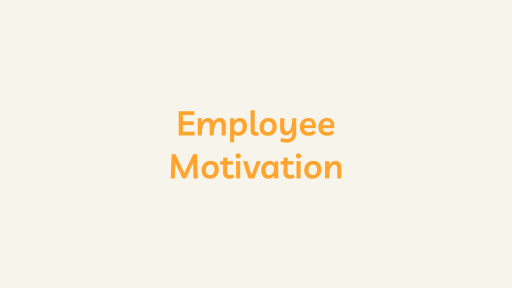What is an Employee Life Cycle?
Employee Life Cycle is a concept used in human resource management to describe the various stages that an employee goes through during their time with a company. It encompasses everything from recruitment to retirement and covers the entire span of an employee’s tenure.
- Recruitment and Selection. The first stage of the employee life cycle is recruitment and selection. This involves attracting and identifying potential candidates for open positions. This stage typically includes job postings, resume reviews, and interviews to determine the best candidate for the job.
- Onboarding. Once a candidate has been selected, they move on to the onboarding stage. This stage involves introducing new employees to the company culture and policies, providing them with training, and helping them to acclimate to their new roles and surroundings.
- Performance Management. Performance management is the process of setting goals, evaluating performance, and providing feedback to employees. This stage is important in ensuring that employees meet their job expectations and the company.
- Career development. The career development stage is focused on helping employees grow and advance within the company. This may involve offering training and development opportunities, mentoring, and coaching. Employees who feel that they have opportunities for growth and advancement within the company are more likely to be engaged and motivated.
- Retention. The retention stage is focused on keeping employees engaged and satisfied so that they stay with the company. This may involve offering competitive compensation and benefits packages, recognizing and rewarding employees for their contributions, and creating a positive and supportive work environment. Employers prioritizing retention are more likely to retain top talent and enjoy higher productivity and performance.
- Offboarding. The final stage in the employee life cycle is offboarding. This stage involves separating from the company, whether it is due to resignation, termination, or retirement. Effective offboarding can help ensure that employees leave on a positive note and can even lead to potential boomerang employees (those who return to the company in the future).
In conclusion, understanding the employee life cycle can help businesses create a positive and engaging work environment, improve retention rates, and ensure that employees have opportunities to grow and develop within the company. By investing in each stage of the employee life cycle, companies can create a culture of engagement, productivity, and success.





